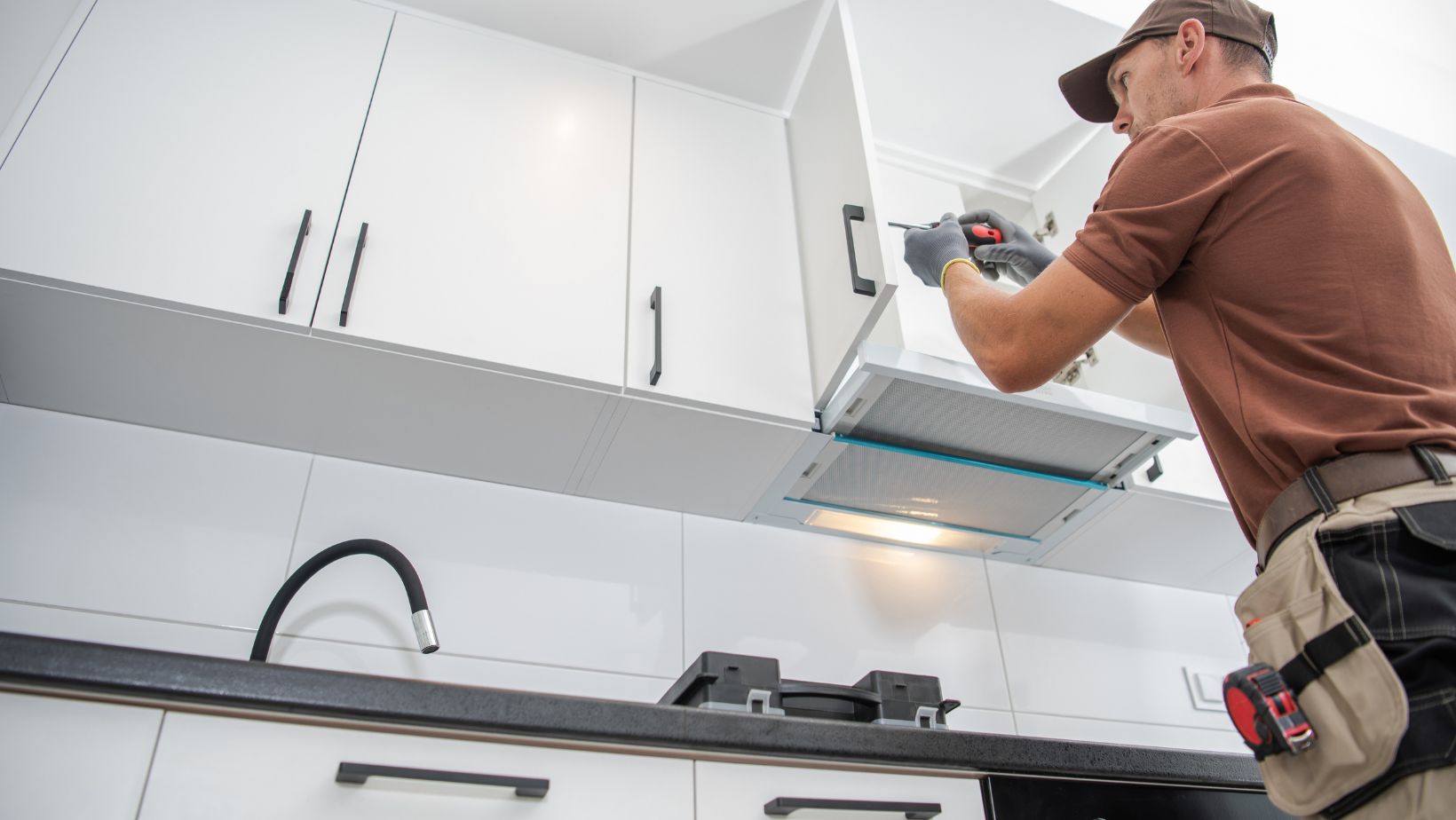 Home design and remodeling can transform a space from ordinary to extraordinary. With the right vision and planning, homeowners can create environments that reflect their style and meet their needs. Whether it’s a cozy living room update or a full kitchen overhaul, every project offers an opportunity to enhance functionality and aesthetics.
Home design and remodeling can transform a space from ordinary to extraordinary. With the right vision and planning, homeowners can create environments that reflect their style and meet their needs. Whether it’s a cozy living room update or a full kitchen overhaul, every project offers an opportunity to enhance functionality and aesthetics.
In today’s fast-paced world, the importance of a well-designed home has never been more apparent. It’s not just about beauty; it’s about creating a sanctuary that promotes comfort and well-being. From choosing the perfect color palette to selecting sustainable materials, the choices are endless and exciting. Embracing the latest trends and timeless design principles can lead to a space that feels uniquely theirs.
Key Takeaways
- Transformational Potential: Home design and remodeling can significantly elevate the aesthetics and functionality of a space, turning ordinary areas into personalized sanctuaries.
- Importance of Planning: Effective planning, including layout design and budgeting, is crucial for a successful remodeling project, ensuring the space meets both current and future needs.
- Trending Designs: Current trends like open floor plans and sustainable materials enhance both comfort and environmental sustainability, reflecting modern homeowner values.
- Practical Renovation Ideas: Upgrades in high-demand areas like kitchens and bathrooms, such as modern appliances and eco-friendly fixtures, can boost home value and appeal.
- Challenges Awareness: Understanding potential challenges, including navigating building regulations and managing contractor relationships, is essential for smoother remodels and better results.
- Collaborative Approach: Effective communication with professionals and engaging with local planning departments can pave the way for efficient project execution and compliance with regulations.
Home Design and Remodeling
Home design and remodeling encompass the processes of creating and enhancing living spaces. These practices reflect the homeowner’s personal style while aiming for optimal functionality. Homeowners can transform existing structures or create new layouts, merging aesthetics with practicality.
Key aspects of home design include layout planning, color selection, and material choices. Layout planning affects space flow and accessibility. Color selection impacts mood and perception, with various palettes evoking different emotional responses. Material choices influence durability and sustainability, promoting environmentally friendly options.
Remodeling projects can range from minor updates—like painting and fixture upgrades—to extensive renovations involving structural changes. Homeowners often consult professionals for expertise in design, ensuring quality results. Implementing effective remodeling strategies enhances both comfort and property value.
Understanding current trends assists homeowners in making informed decisions. Popular trends often include open-concept layouts, energy-efficient designs, and the incorporation of smart home technologies. Emphasizing timeless design principles alongside these trends ensures a balance between modernity and enduring appeal.
Key Trends in Home Design
Home design continuously evolves to incorporate styles that enhance functionality and aesthetic appeal. Current trends revolve around sustainability and open spaces, reflecting the needs of modern homeowners.
Sustainable Materials
 Sustainable materials play a vital role in contemporary home design. Using eco-friendly options like bamboo flooring, recycled glass countertops, and reclaimed wood not only reduces environmental impact but also promotes healthier living spaces. Innovations in sustainable materials work well with various styles, from rustic to modern. Many homeowners opt for low-VOC paints and energy-efficient fixtures that contribute to both aesthetics and sustainability. As a result, choosing sustainable materials provides long-term benefits, including cost savings and increased property value.
Sustainable materials play a vital role in contemporary home design. Using eco-friendly options like bamboo flooring, recycled glass countertops, and reclaimed wood not only reduces environmental impact but also promotes healthier living spaces. Innovations in sustainable materials work well with various styles, from rustic to modern. Many homeowners opt for low-VOC paints and energy-efficient fixtures that contribute to both aesthetics and sustainability. As a result, choosing sustainable materials provides long-term benefits, including cost savings and increased property value.
Open Floor Plans
Open floor plans remain a dominant trend in home design. This layout creates spacious, multi-functional living areas that encourage social interaction and flexibility. Removing walls between the kitchen, dining, and living spaces fosters an airy feel that suits various lifestyles. Homeowners appreciate the natural light influx and improved flow, making these areas feel larger and more inviting. However, careful planning is essential to maintain distinct zones and ensure seamless functionality. Open floor plans effectively integrate modern design with practical living, offering both comfort and style for occupants.
Essential Remodelling Tips
Successful remodeling relies on thorough planning and smart budgeting. These foundational steps lead to efficient projects and satisfying results.
Planning Your Space
Planning the layout ensures optimal use of space. Factor in existing structures, functionality, and flow among rooms. Analyze the following elements:
- Room Dimensions: Measure each room accurately to understand constraints.
- Traffic Patterns: Identify high-traffic areas to arrange furniture and access points effectively.
- Zoning: Define distinct areas for specific activities, like cooking or relaxing.
- Natural Light: Consider window placement to maximize light and enhance mood.
- Future Needs: Anticipate changes, whether family growth or lifestyle shifts, to future-proof the design.
Effective space planning results in a home tailored to the inhabitants’ needs.
Budgeting for Projects
Establishing a budget keeps renovations on track. Allocate funds across the entire remodeling process by following these key steps:
- Assess Costs: Gather quotes from contractors and suppliers for materials and services.
- Prioritize Expenses: Allocate more budget to essential items, such as structural changes.
- Set Contingency Funds: Reserve 10-20% of the total budget for unexpected costs.
- Monitor Spending: Track expenses throughout the project to avoid overspending.
- Explore Financing Options: Research loans or credit for larger remodels to improve affordability.
Budgeting correctly promotes financial control and project success.
Popular Renovation Ideas
Exploring popular renovation ideas can inspire homeowners looking to transform their spaces. By focusing on high-demand areas like kitchens and bathrooms, upgrades can significantly enhance both functionality and aesthetic appeal.
Kitchen Upgrades
Kitchen upgrades often take center stage in home renovations. Adding modern appliances, such as energy-efficient refrigerators and smart ovens, increases utility and aligns with current trends. Quartz countertops and shaker cabinets remain popular choices due to their durability and timeless look. Installing an island creates additional workspace and allows for social interaction, making it a desirable feature in contemporary kitchen designs. Improving lighting with under-cabinet fixtures and pendant lights also elevates the kitchen’s ambiance.
Bathroom Remodeling
Bathroom remodeling offers homeowners the chance to create spa-like retreats. Incorporating double vanities provides convenience for families, while walk-in showers with glass enclosures create a sense of openness. Choosing sustainable materials, like low-flow toilets and faucets, promotes eco-friendly living. Adding heated flooring increases comfort, especially in colder months. Utilize backsplash tiles for visual interest and a fresh look. Incorporating smart technology, such as automated lighting and temperature control, enhances the overall experience.
Challenges in Home Design
Home design presents several challenges that can impact the remodeling process. Understanding these hurdles ensures smoother projects and better outcomes.
Dealing with Regulations
 Navigating building codes and zoning laws creates complexities in home design. Homeowners must familiarize themselves with local regulations to avoid costly delays and non-compliance fines. They often face restrictions on structural changes, property lines, and permitted materials. Securing necessary permits can also extend timelines. Engaging with local planning departments early in the process mitigates these issues and streamlines approval procedures.
Navigating building codes and zoning laws creates complexities in home design. Homeowners must familiarize themselves with local regulations to avoid costly delays and non-compliance fines. They often face restrictions on structural changes, property lines, and permitted materials. Securing necessary permits can also extend timelines. Engaging with local planning departments early in the process mitigates these issues and streamlines approval procedures.
Managing Contractor Relationships
Maintaining strong relationships with contractors significantly influences project success. Homeowners often require clear communication regarding timelines, budgets, and design expectations. Establishing a detailed contract helps set boundaries and responsibilities. Regular check-ins ensure projects stay on track and address any concerns promptly. Building mutual respect enhances collaboration, ultimately leading to higher quality work and satisfaction.
Elevating Home Comfort and Style
Home design and remodeling offer endless possibilities for creating personalized spaces that elevate both comfort and style. By embracing current trends while honoring timeless principles, homeowners can achieve a harmonious balance that meets their unique needs.
Thoughtful planning and budgeting are essential for successful renovations. This not only ensures efficient execution but also maximizes the potential of every space.
With a focus on sustainability and functionality, homeowners can transform their living environments into beautiful and practical havens. Engaging professionals and maintaining clear communication throughout the process can lead to satisfying results that enhance property value and overall quality of life.